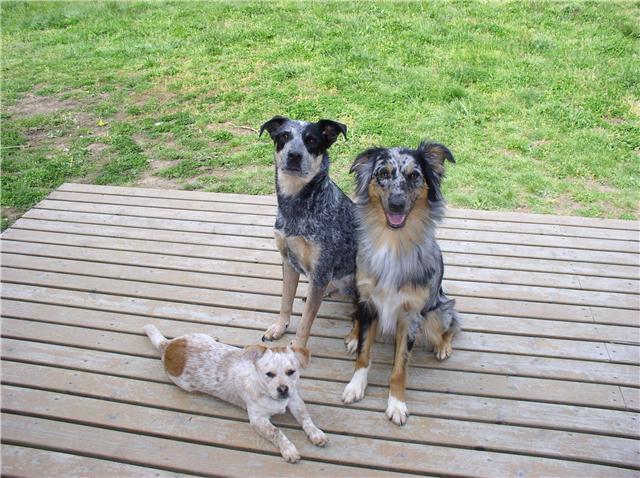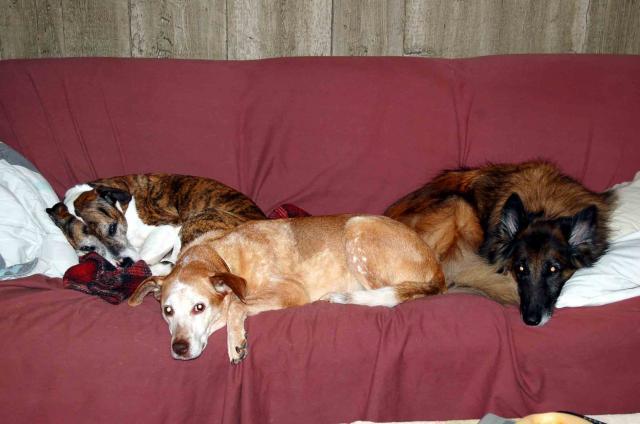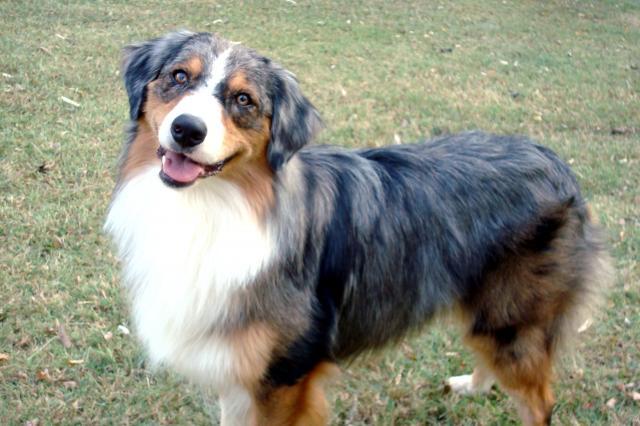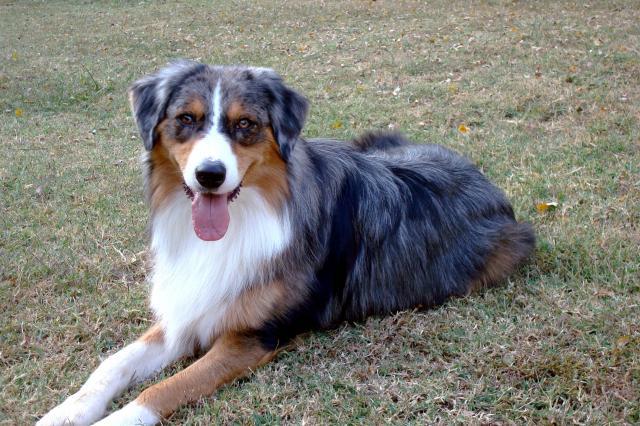I took in a 'dump' a month ago, who is clearly part Australian Shepherd, but mixed with something else. My question, is, can you have a mixed merle color? He looks blue, but upon closer inspection, he's got tan points, and his blue almost has a brown cast to it. I realize his being a mix is probably muddling things, but, what color should I call him?
And he is now fully vaccinated, neutered, and on heartworm preventative. His name is Vega

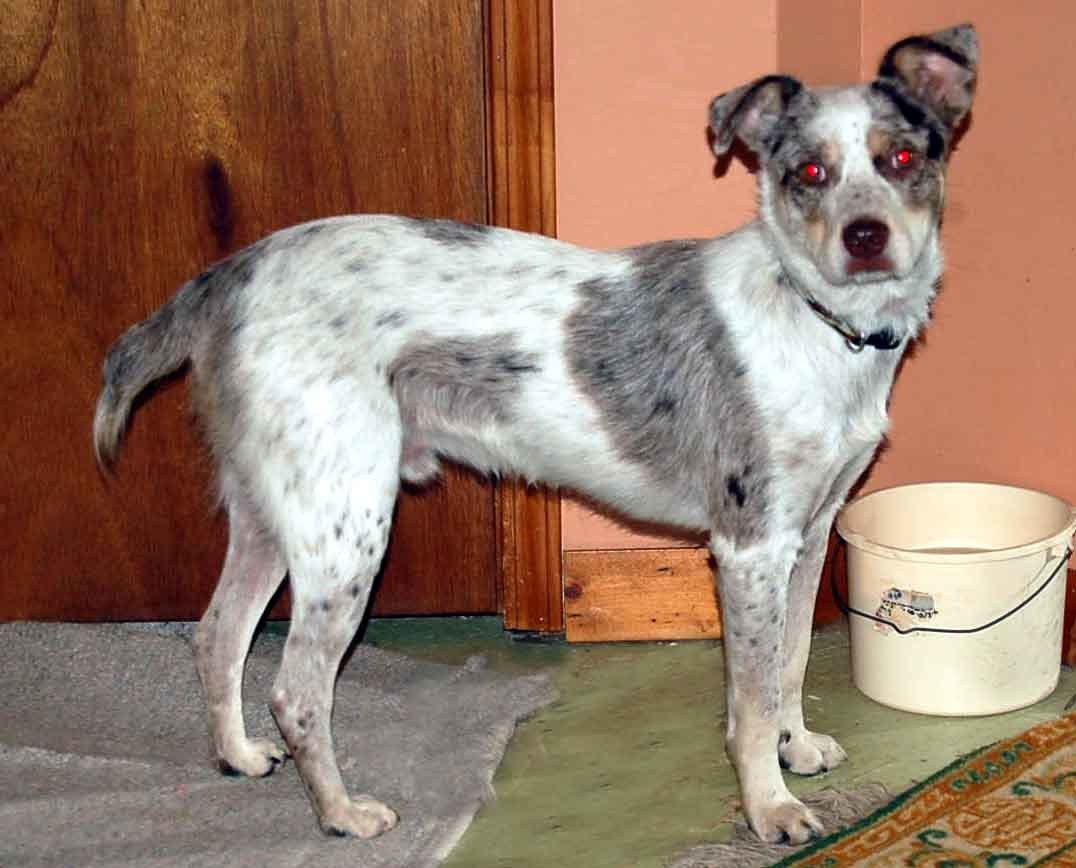
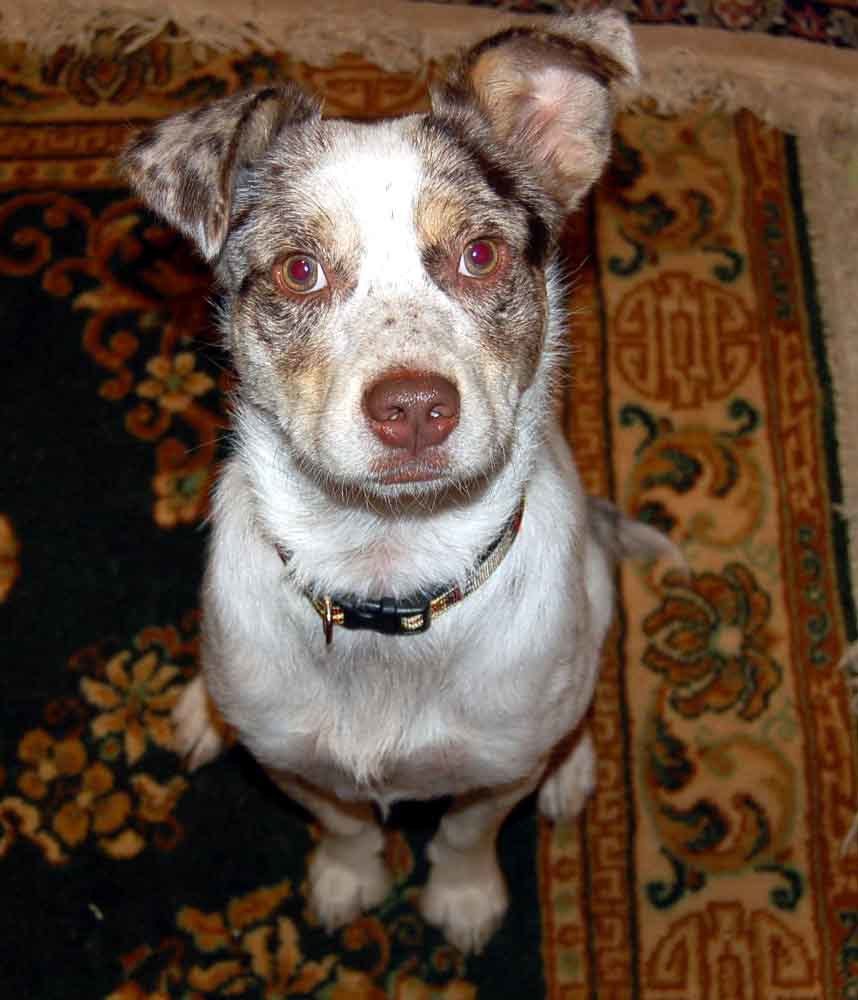
And he is now fully vaccinated, neutered, and on heartworm preventative. His name is Vega



Last edited:


